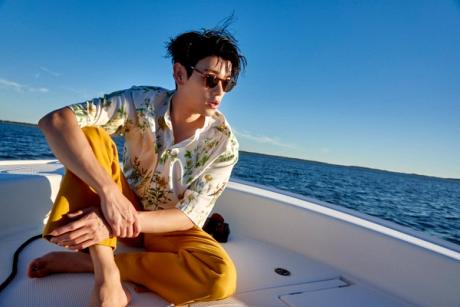
The Smithsonian’s National Museum of Asian Art in Washington, D.C. is hosting a two-week exhibition festival to celebrate its centenary. The event, through May 13, also marks Asian American and Pacific Islander Heritage Month.
More than 30 different cultures will be represented at events in and around the museum, including a kimchi-making class, Bollywood dances and a performance by K-Pop star Eric Nam. Local Asian businesses will provide lunch daily and there will be regular tours of the collection led by curators.
The festival is the first in a year-long series of events. The museum was founded in 1923 as the Freer Gallery of Art with the donation of 9,500 objects collected by Charles Lang Freer. Its purpose-built space on the National Mall next to the Smithsonian Castle was the first national art museum in the United States.
Like the Smithsonian adds more institutions dedicated to different communities In the United States, the festival is part of an attempt to bring Asian Americans closer to the museum, its director, Chase Robinson, said in a statement. “Our vision is to transform the National Museum of Asian Art into a space where a wide range of visitors can come together to celebrate, discover and interact with Asian art and cultures, including their intersection with America.”
New exhibits confront head-on the fact that the museum was founded with the collection of a white industrialist, holds a large collection of works by a white painter, James Abbott McNeill Whistler (including his famous Peacock Room), and was created through the personal intervention of the now controversial US President Teddy Roosevelt.
“It is not a museum that deals with identity as such, but it is a museum that is increasingly engaged in serious and sometimes difficult questions about our past,” says Robinson. “And we’re also very interested in listening to Asian American communities and working with them to better represent their interests.”
The Freer and adjoining Arthur M. Sackler Gallery have been renamed as the National Museum of Asian Art in 2019 to help visitors understand what the collection contains and to reflect the long-standing administration of the two galleries into one museum.
